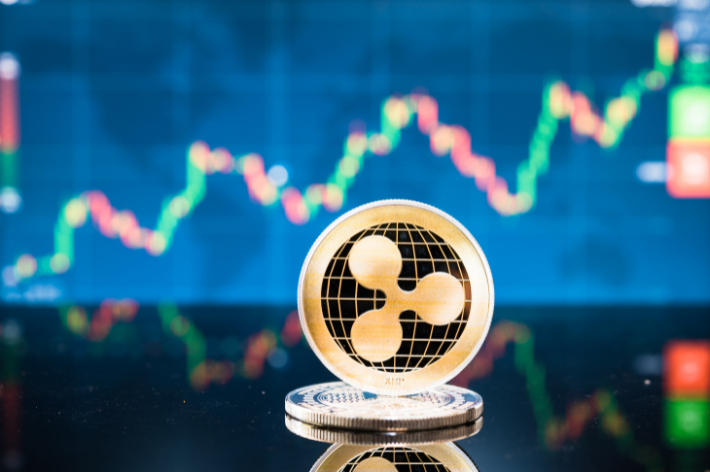Ripple’s XRP has experienced a remarkable journey, navigating regulatory challenges, market fluctuations, and increasing institutional interest. Recently, XRP has been at the center of significant developments, including heightened decentralized exchange (DEX) activity, the prospect of exchange-traded funds (ETFs), and shifting regulatory landscapes. These factors are shaping the cryptocurrency’s future and positioning it as a key player in the evolving digital asset market.
Surge in Decentralized Exchange Activity
January 2025 marked a significant milestone for XRP, as its decentralized exchange (DEX) recorded swap volumes exceeding $400 million, averaging over $17 million per day. Since its launch in 2024, the DEX has facilitated more than $1 billion in transactions, demonstrating the growing adoption of XRP in decentralized finance (DeFi). Ripple’s CEO, Brad Garlinghouse, hailed this as a pivotal moment, noting that 2024 had been one of the most monumental years for the company. Additionally, Ripple’s US dollar-pegged stablecoin, RLUSD, has gained significant traction, further expanding the ecosystem surrounding XRP.
Institutional Interest and ETF Filings
The growing institutional interest in XRP is evident in the recent moves by asset managers to introduce exchange-traded funds (ETFs). Purpose Investments, a Canadian asset management firm, has joined the race to launch an XRP ETF, aiming to provide investors with direct exposure to the cryptocurrency. This development aligns with a broader industry trend where traditional financial firms are embracing digital assets, increasing mainstream adoption and liquidity.
Market Volatility and Trading Volume Decline
Despite these promising advancements, XRP has experienced notable market fluctuations. Reports indicate that XRP’s trading volume recently dropped from 1.1 billion to 100 million, raising concerns among investors. Analysts suggest that this decline may be attributed to profit-taking following previous price surges and broader market corrections. However, the continued interest from institutional investors and ETF filings suggests a strong foundation for long-term growth.
Regulatory Landscape and Future Prospects
Regulatory factors remain a crucial determinant of XRP’s trajectory. The U.S. Securities and Exchange Commission’s (SEC) lawsuit against Ripple, initiated in 2020 over allegations of unregistered securities sales, has been a persistent challenge. However, with the appointment of Paul Atkins, known for his pro-crypto stance, as the new SEC Chair, there is renewed optimism for a more favorable regulatory environment. A resolution in Ripple’s favor could significantly impact XRP’s adoption and market performance.
Conclusion
XRP’s journey has been defined by resilience, innovation, and growing institutional acceptance. The cryptocurrency’s recent surge in DEX activity, rising institutional interest through ETF initiatives, and evolving regulatory conditions signal a dynamic future. While market fluctuations are inherent in the crypto space, XRP’s position as a leading digital asset remains strong, making it a crucial player in the ongoing transformation of global finance.



